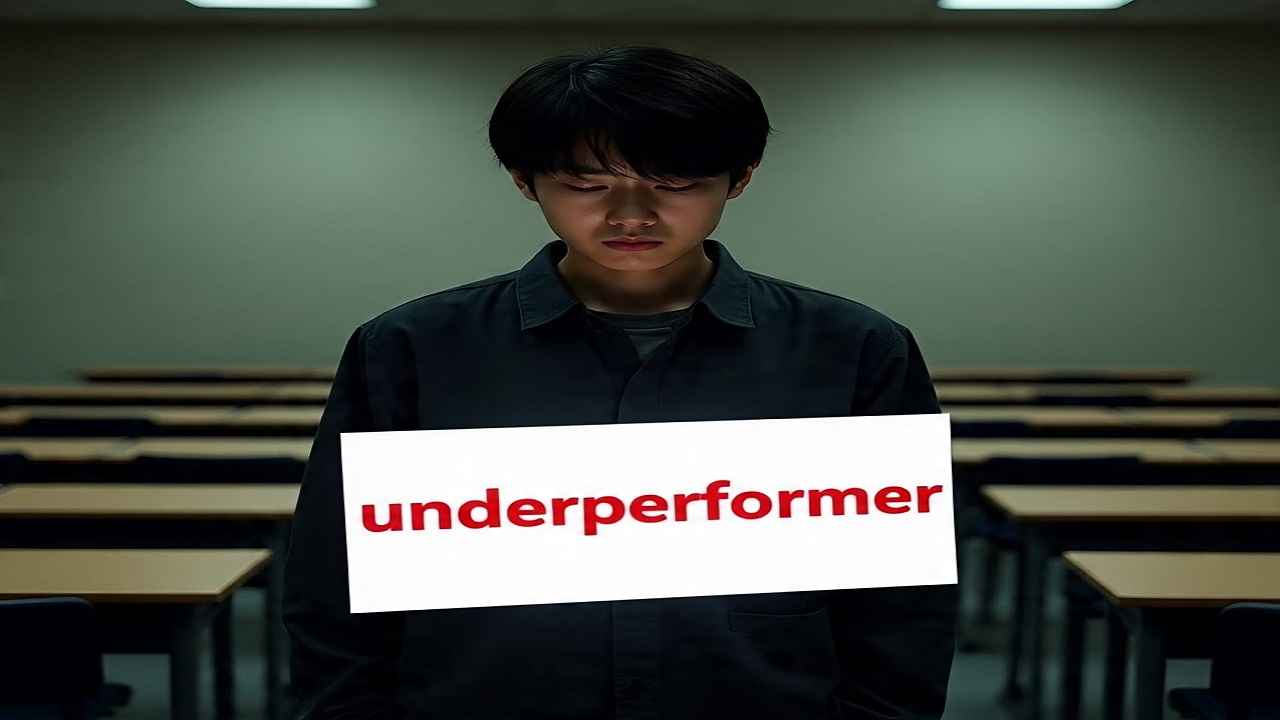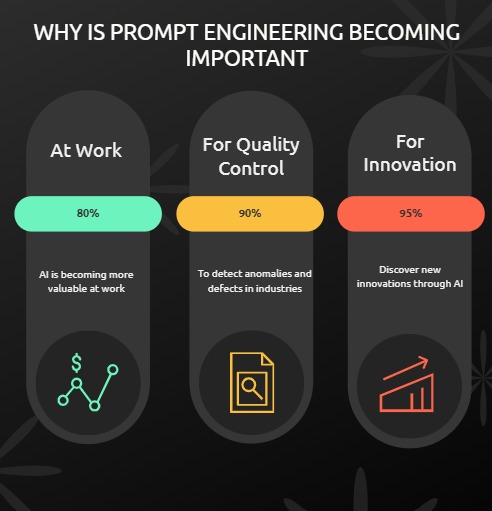The label of “underperformer” can cleave to an individual like a shadow, often concealing their contributions, true abilities and potential. It carries a heavy stigma which suggests the person is not meeting some set expectations, which can demoralize them and hinder their growth, creating a cycle of underperformance. In any organizational setting—whether workplace, educational, or sports—this label can have profound effects on both the individual and the organization.
Table of Contents
Understanding the Causes
There are many underlying causes that contribute to the underperformer narrative. One major cause is placing individuals in roles that don’t suit their skills or personalities, often referred to as “putting round pegs in square holes.” For instance, a highly creative person might feel stifled in a rigid, rule-bound environment, while someone who thrives on structure might feel overwhelmed in a chaotic, fast-paced setting. This mismatch can lead to frustration and a lack of fulfillment for the individuals involved.

Other causes include personal challenges such as health issues, financial problems, or family issues. Poor leadership practices, interpersonal conflicts, and unfavourable or toxic organizational culture can also contribute to underperformance. Systemic issues like lack of recognition, insufficient training, excessive workload, and misaligned roles with unclear expectations further exacerbate the problem and the list is endless. The complexities of individual circumstances mean that there is no one-size-fits-all solution, and each case requires a tailored approach.
The Impact of Underperformer Label
1. When individuals are labelled as underperformer, they often internalize this label, which can hinder their confidence and reduce their motivation to try harder. Talented individuals may have untapped skills or strengths that go unnoticed because the focus is on their weaknesses. This can lead to a self-fulfilling prophecy where the individual believes they cannot succeed, further perpetuating the cycle of underperformance.
2. Personal stories highlight the impact of labelling. At an old-student reunion, a former classmate shared a poignant regret that still haunts him. He had listened to the underperformer narrative, believing he couldn’t succeed in school when his grades were very low, and he was advised to drop out to learn ‘handwork.’ In hindsight, he believed that his family’s challenges at the time were not considered as the main cause of his underperformance, and this decision drastically altered his life path, leaving him to wonder what might have been.
3. Another story was from a friend who was unfairly labelled an underperformer throughout his career at a particular organization. Despite his hard work and dedication, he didn’t fit into the corporate ingratiation culture, and this label overshadowed his true potential despite his qualifications and external recognitions. These stories underscore the profound impact that labelling can have on individuals, affecting their self-esteem, career trajectory, and overall well-being.
The Role of Leaders
Leaders play a crucial role in challenging these narratives and helping people unlock their potential. According to Simon Sinek, “anybody who’s ever been in a leadership position is guilty of forming a narrative about someone as an underperformer… oh, they screw-up everything… and what ends up happening is, we think about them and treat them as an underperformer and only notice the things that they get wrong. And when we give them feedback its usually us correcting minor things over and over again to the point where we completely destroy their confidence.” This mindset leads leaders to focus only on the mistakes of the individual, and further entrench the underperformer label.
Great leaders identify opportunities where others see challenges. Stories about the transformation of people overcoming challenges, rising above limitations, and achieving greatness resonate deeply in every culture. Whether it is a coach working with an underestimated athlete, a teacher believing in a struggling student, or a manager unlocking the potential of an underperforming employee, the underlying principle remains consistent: a great leader sees the hidden potential in people and helps them achieve greatness where others perceive challenges.
Strategies for Leaders
Leaders can adopt several strategies to alter the trajectory for individuals labelled as underperformers:
1. Understand Situational Underperformance: Leaders need to first recognize that underperformance is typically situational rather than inherent. By adopting an optimistic outlook and acknowledging the potential for improvement in every individual, leaders can foster a positive change in the narrative. Building trust is essential in creating an atmosphere of openness, which is crucial for facilitating meaningful change. Leaders need to invest time in actively listening and comprehending each individual’s perspective to identify the underlying root causes of their performance levels, instead of making assumptions.
2. Foster a Growth Mindset: Leaders need to encourage individuals to view mistakes as opportunities for development, thereby fostering a growth mindset. This mindset holds that capabilities can be developed through effort and continuous learning. Instead of focusing on past failures, leaders can leverage individuals’ potential and strengths, helping them excel in areas where they naturally thrive. This approach builds their confidence and promotes success.
3. Align Roles with Strengths: A healthy organizational culture encourages employees to thrive by aligning roles with individual strengths. Leaders should invest in understanding the strengths, weaknesses, and preferences of their team members through assessments, feedback, and regular evaluations. Providing them with the tools and resources they need to succeed creates a positive culture that values diversity, inclusion, and personal growth. This approach ensures that employees feel valued and supported.
4. Clear Goals and Feedback: When goals are clearly defined and communicated effectively, individuals will not be confused or uncertain about their deliverables. Offering regular, actionable feedback can be a tool for growth, but it must be consistent, constructive, and balanced with recognition. By offering positive reinforcement through
recognition, motivation is maintained, effort is sustained, and progress is celebrated, inspiring individuals to continually strive for excellence.
Conclusion
Leaders have the power to rewrite the narrative of underperformance. By seeing beyond labels, building trust, addressing root causes, and fostering growth, they can turn challenges into opportunities for transformation. The most inspiring leaders see the hidden potential in people and help them achieve greatness, working to ensure that every underperformer is given the chance to become an achiever. This shift from blame to empowerment leads to higher performance, satisfaction, and overall organizational success.
Organizational success is not just about achieving targets but also about nurturing the potential within each individual. By understanding the situational nature of underperformance and adopting strategies that foster growth and alignment, leaders can create an environment where every individual has the opportunity to thrive. This holistic approach not only benefits the individuals but also contributes to the overall success and resilience of the organization.
In conclusion, breaking the underperformer label requires a concerted effort from leaders to challenge existing narratives, build trust, and foster a culture of growth as well as inclusion. By recognizing the potential in every individual and providing the necessary support and resources, leaders can transform underperformance into high performance, leading to a more dynamic, innovative, and successful organization.
See also:
What is prompt engineering and why is it important?
The Imperative of Cybersecurity Awareness
Organizational Transformation: A Global Perspective. & See it’s 4 Benefits By Dr. Tunde Oyadiran







Congrats Bukky, this a very good write up, keep it up. I’m proud of you.